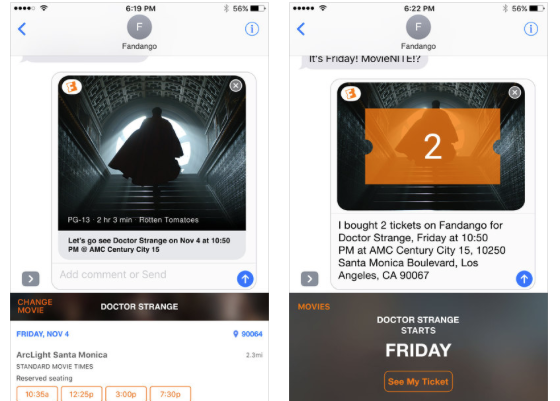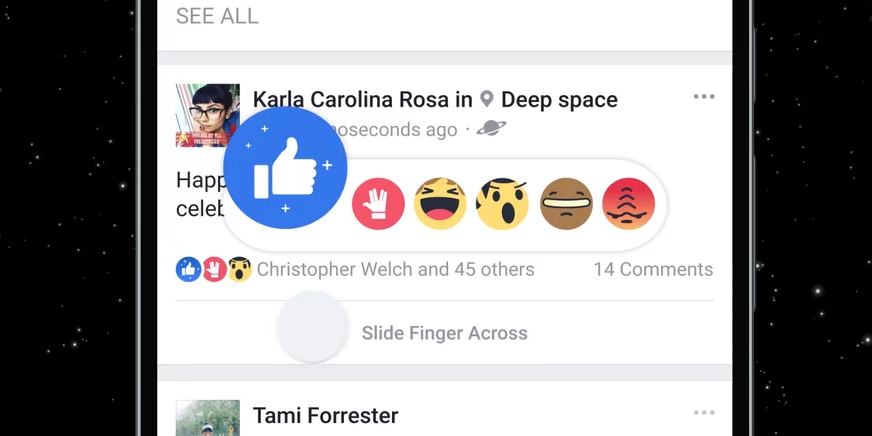What Happened
Fandango is embracing the omnichannel approach as it starts to allow users to buy movie tickets on some of the hottest mobile platforms. Over the weekend, the ticket-booking service started allowing U.S. customers to purchase tickets to select movies without leaving their Facebook News Feed. Previously, Fandango had enabled iPhone users to buy movie tickets directly from its iMessage app. And the company says it is working on an interface that allows Snapchat users to buy tickets without leaving the app.
What Brands Need To Do
More and more consumers are growing accustomed to making purchases on their phones, spelling opportunities for brands to sell directly on mobile. Fandango’s strong push into selling movie tickets on these three popular mobile platforms is a smart move that caters to changing consumer behavior and reaches customers in apps they spend the most time in. Therefore, other brands, especially those in retail and entertainment, should take note and consider integrating those social and messaging platforms into their sales channels.
Source: New York Times









